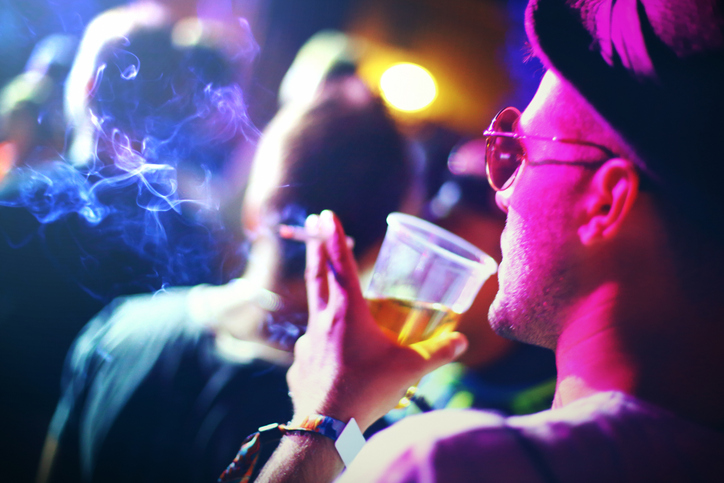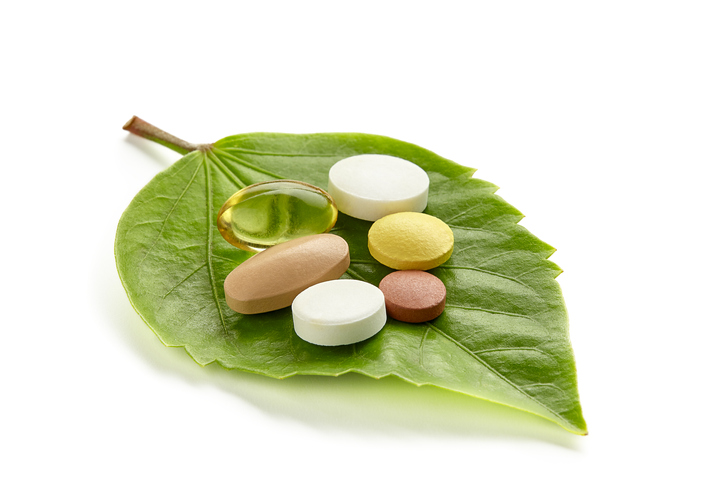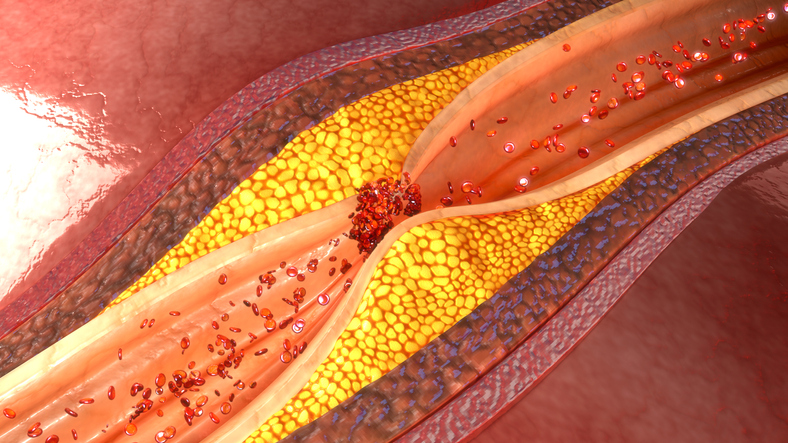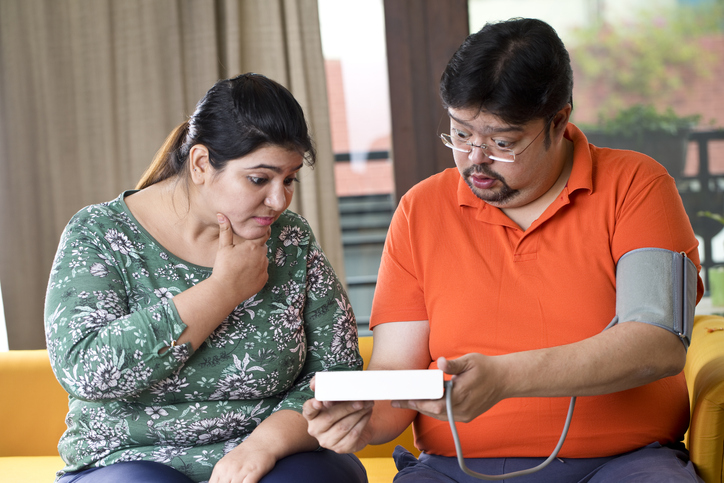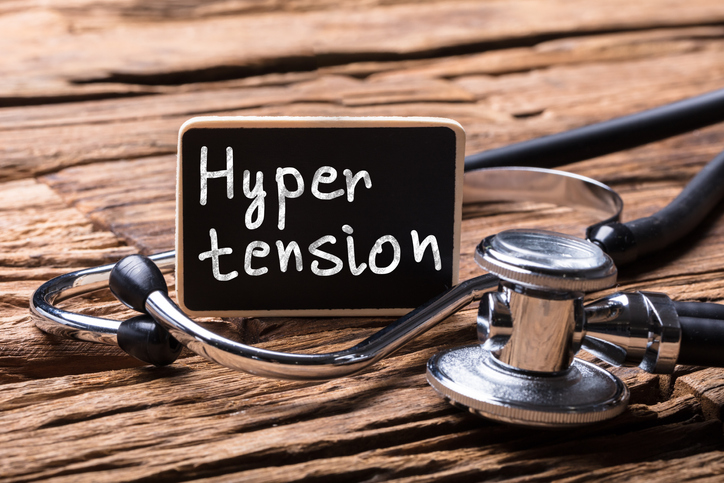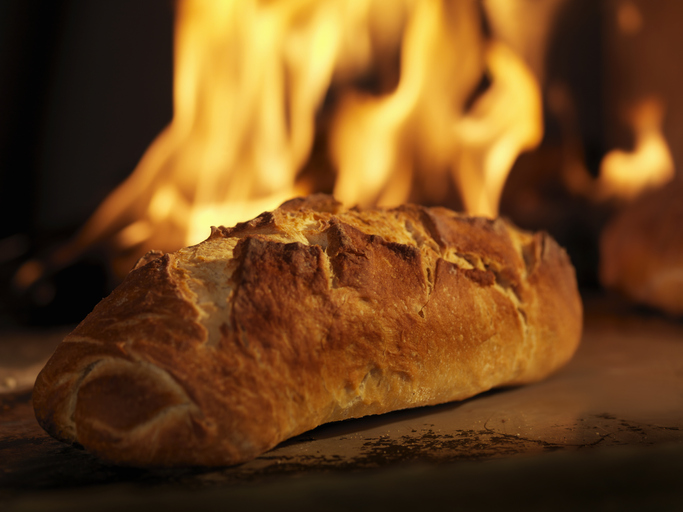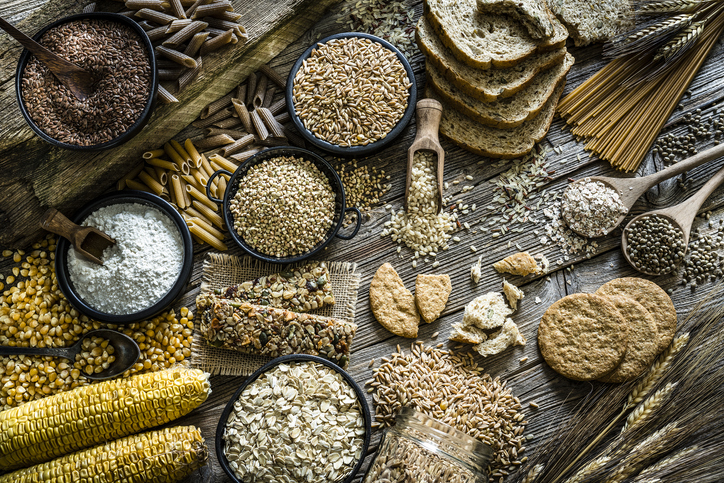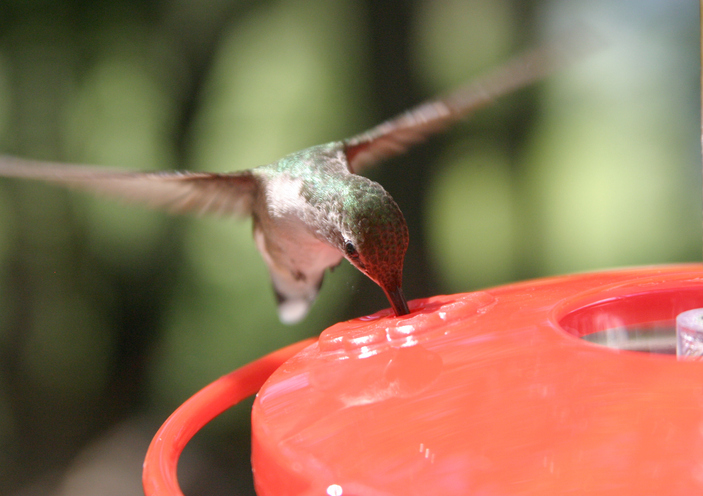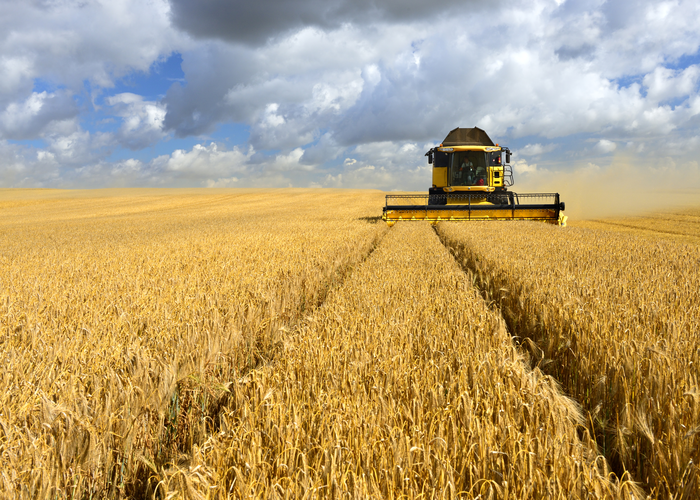Alcohol, caffeine and tobacco are best avoided.
Alcohol raises BP via a few mechanisms including increasing the hormones aldosterone, cortisol and renin. During withdrawal excess adrenaline is released. Beer contains hops which have estrogen like compounds. Long term exposure to estrogens may cause excess breast development and raised BP. Not a pretty combination.
Caffeine is not a fun compound for the arteries. It reduces pulse wave velocity, increases the activity of plasma renin, causes arteries to constrict and enhances the effect of norepinephrine a stress hormone.
Tobacco is is dreadful for high BP. Is causes constriction of the arteries and increases the fight or flight reaction. It causes the platelets to clump and the blood to become more prone to clotting. There is increased oxidative stress and inflammation.
Pharmaceuticals that increase blood pressure.
This is a fun list. Are you taking any of these popular items?
Amphetamines. This includes some medication for ADD, ADHD etc.
Anabolic steroids and prednisone.
Antidepressants such as MAO inhibitors.
Antihistamines
Bromocriptine
Combines oral contraceptives
Cyclosporin
Digitalis
Disulfuram
Ergot alkaloids – St Anthony’s Fire from moldy rye.
Erythropoietin compounds
Licorice
Lithium
Metoclopramide
NSAIDs
Tacrolimus
So often in medicine we chase our tales treating the side effects of medication with yet another. We understand how certain pairs of drugs interact but if a patient is on three drugs or more they are beyond medical science in terms of the interactions.
In Functional Medicine we take a detailed history including pharmaceutical use. Sometimes medication produces symptoms as a result of side effects. By looking for the root cause of disease we are often able to deprescribe or cut back on the use of medication.

